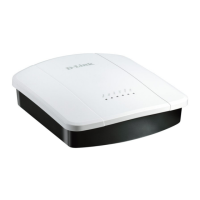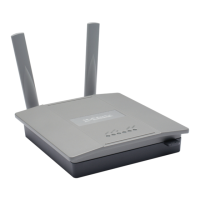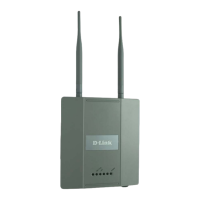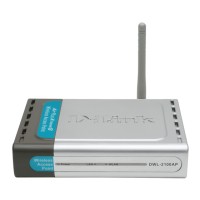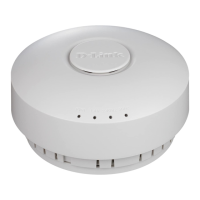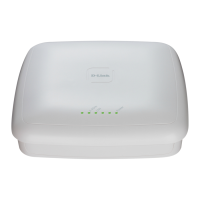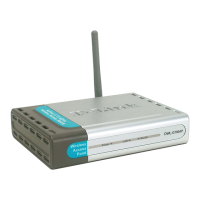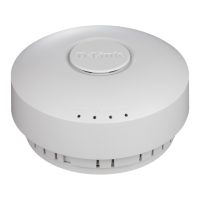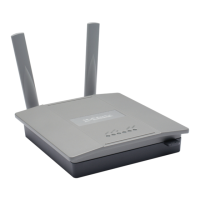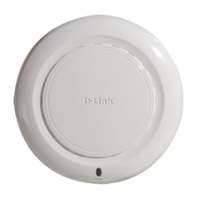D-Link Unified Access Point CLI Reference Manual
20 © 2001- 2009 D-Link Corporation. All Rights Reserved
Section 7: CLI Classes and Properties
Reference
Configuration information for the UAP is represented as a set of classes and objects. The following is a general introduction
to the CLI classes and properties.
Different kinds of information uses different classes. For example, information about a network interface is represented by
the “interface” class, while information about an NTP client is represented by the “ntp” class.
Depending on the type of class, there can be multiple instances of a class. For example, there is one instance of the
“interface” class for each network interface the AP has (Ethernet, radio, and so on), while there is just a singleton instance
of the “ntp” class, since an AP needs only a single NTP client. Some classes require their instances to have names to
differentiate between them; these are called
named classes
. For example, one interface might have a name of eth0 to
indicate that it is an Ethernet interface, while another interface could have a name of
wlan0 to indicate it is a wireless LAN
(WLAN) interface. Instances of singleton classes do not have names, since they only have a single instance. Classes that
can have multiple instances but do not have a name are called anonymous classes. Together, singleton and anonymous
classes are called unnamed classes. Some classes require their instances to have names, but the multiple instances can
have the same name to indicate that they are part of the same group. These are called group classes.
Each class defines a set of properties that describe the actual information associated with a class. Each instance of a class
has a value for each property that contains the information. For example, the interface class has properties such as “ip” and
“mask.” For one instance, the
ip property might have a value of 192.168.1.10 while the mask property has a value of
255.255.255.0; another instance might have an
ip property with a value of 10.0.0.1 and mask property with a value of
255.0.0.0. To view the IP address and mask for a specific interface, you must identify the instance in the command.
The following table is a comprehensive list of all classes and their properties. Some of the commands allow you to view or
configure settings that are not available from the Web interface. Use
get or set to build commands based on the class
and property. If the class is a named class, you must include the name. For example, interface is a named class.
Table 12: CLI Class Instances
has name? \ # of instances? one multiple
no singleton anonymous
yes - unique n/a unique named
yes - non-unique n/a group named
Review Copy
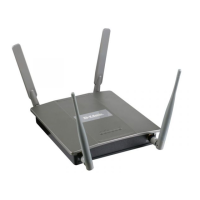
